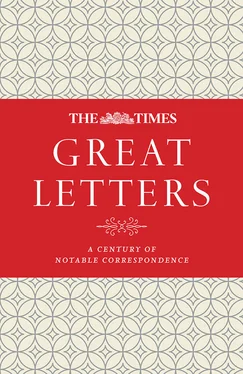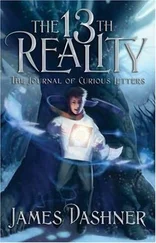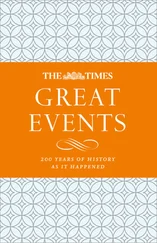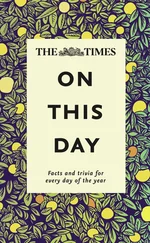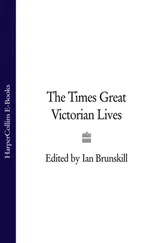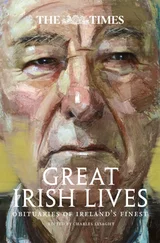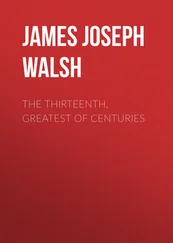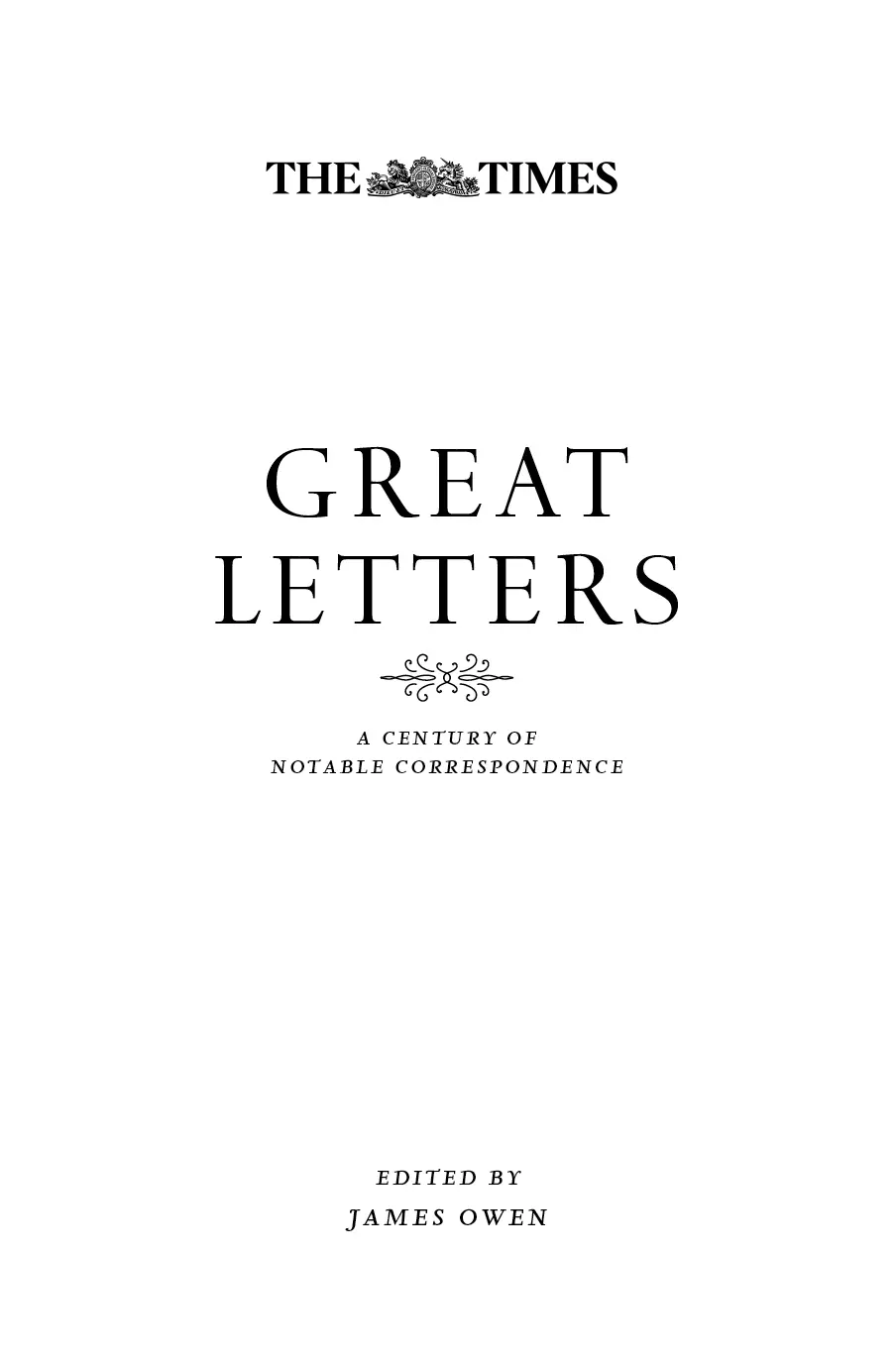
Published by Times Books
An imprint of HarperCollins Publishers
Westerhill Road, Bishopbriggs,
Glasgow. G64 2QT
www.harpercollins.co.uk
Ebook first edition 2017
© Times Newspapers Ltd 2017
www.thetimes.co.uk
The Times is a registered trademark of Times Newspapers Ltd
Copyright in the letters published in this volume belongs to the writers or their heirs or executors. HarperCollins would like to thank all those letter-writers who have given permission for their letters to appear in this volume. Every effort has been made to contact all individuals whose letters are contained within this volume; if anyone has been overlooked, we would be grateful if he or she would contact HarperCollins.
All rights reserved under International Copyright Conventions. By payment of the required fees, you have been granted the non-exclusive, non-transferable right to access and read the text of this e-book on-screen. No part of this text may be reproduced, transmitted, down-loaded, decompiled, reverse engineered, or stored in or introduced into any information storage and retrieval system, in any form or by any means, whether electronic or mechanical, now known or hereinafter invented, without the express written permission of HarperCollins e-books.
The contents of this publication are believed correct. Nevertheless the publisher can accept no responsibility for errors or omissions, changes in the detail given or for any expense or loss thereby caused.
HarperCollins does not warrant that any website mentioned in this title will be provided uninterrupted, that any website will be error free, that defects will be corrected, or that the website or the server that makes it available are free of viruses or bugs. For full terms and conditions please refer to the site terms provided on the website.
A catalogue record for this book is available from the British Library
Ebook Edition © October 2017
ISBN: 9780008280222, version 2017-09-28
Contents
Cover
Title
Copyright Published by Times Books An imprint of HarperCollins Publishers Westerhill Road, Bishopbriggs, Glasgow. G64 2QT www.harpercollins.co.uk Ebook first edition 2017 © Times Newspapers Ltd 2017 www.thetimes.co.uk The Times is a registered trademark of Times Newspapers Ltd Copyright in the letters published in this volume belongs to the writers or their heirs or executors. HarperCollins would like to thank all those letter-writers who have given permission for their letters to appear in this volume. Every effort has been made to contact all individuals whose letters are contained within this volume; if anyone has been overlooked, we would be grateful if he or she would contact HarperCollins. All rights reserved under International Copyright Conventions. By payment of the required fees, you have been granted the non-exclusive, non-transferable right to access and read the text of this e-book on-screen. No part of this text may be reproduced, transmitted, down-loaded, decompiled, reverse engineered, or stored in or introduced into any information storage and retrieval system, in any form or by any means, whether electronic or mechanical, now known or hereinafter invented, without the express written permission of HarperCollins e-books. The contents of this publication are believed correct. Nevertheless the publisher can accept no responsibility for errors or omissions, changes in the detail given or for any expense or loss thereby caused. HarperCollins does not warrant that any website mentioned in this title will be provided uninterrupted, that any website will be error free, that defects will be corrected, or that the website or the server that makes it available are free of viruses or bugs. For full terms and conditions please refer to the site terms provided on the website. A catalogue record for this book is available from the British Library Ebook Edition © October 2017 ISBN: 9780008280222, version 2017-09-28
Contents
Introduction
Starting Times
Thundering (1914–19)
New Times and New Standards (1920–29)
Newspaper of Record (1930–39)
The Best of Times, the Worst of Times (1940–49)
Changing Times (1950–59)
Keeping up with the Times (1960–69)
The Top People’s Paper (1970–79)
Living in Interesting Times (1980–89)
Modern Times (1990–99)
From Blair to Brexit (2000–16)
End Times
Index of Letter Writers
About the Publisher
INTRODUCTION
Before 1914, there was no Letters Page as such in The Times. The newspaper had, since its founding in 1785, published correspondence to it. Yet in the era when its front page was still reserved for items of more importance than mere news — club announcements, death notices and public appointments — letters had to be fitted in as space allowed rather than gathered together: let alone considered an attraction in their own right.
Although the change did not become fixed for some years, the decision to start grouping letters onto a single page when possible began to alter their nature and function. Until well into the previous century, those published had often been immensely lengthy (and now almost incomprehensible) political polemics.
That Victorian taste for abundance had begun to dwindle by the time of the First World War and the advent of the motor car and the telephone had led to predictions of an imminent end to letter-writing. But while the constraints of the new lay-out often did encourage correspondents to be briefer, its introduction turned the page into the noticeboard of the Establishment.
Rapidly, it took on the character for which it has become renowned, as a forum for debate, as a playground for opinion-formers and as a billboard for decision-makers. From the start, however, such weighty content was leavened by humour and quirkiness. Moreover, with readers making a regular appointment with the page, another of its features became more pronounced: rallies of letters, with each mail bringing a fresh serving of wit and erudition.
Indeed, what is most striking about this selection of letters, across the years, is the sense of community between readers that emanates from them. Of course, what that community was has changed markedly over time. For much of the first half of this volume, it was largely that which treated the page as an extension of their gentlemen’s club. The tone and content accordingly reflects their self-assurance and their preoccupations — cricket features strongly, as do mentions of Eton; and sometimes both together.
Not until well into the post-war years does the mood become more sombre, pondering (if not resolving) the uncertainties of imperial twilight and economic decline. By then, the readership is notably broader, as changes in education, society and at work bear fruit: in the 1970s, more Labour than Conservative MPs took The Times. Nonetheless, it is remarkable how frequently the same topics recur in correspondence across the generations — the failings of the young, what is to be done about schools, how best to make porridge.
For it seems to me that the value of these letters lies not just in the great events which often they record, be it the death of Elvis Presley or the onset of the internet, nor even in the changing attitudes that they mirror, but in the window that they offer on the national character. Unconsciously revelatory they may be, but the fascination of so many of these letters is their insight into what it means at any time to be British. They take the temperature of the body politic, map the A–Z of our way of life.
They are a reminder, too, that the writing of letters (and emails), and not just of books, can be an art form. Here are Margaret Thatcher, Benito Mussolini and Theresa May giving glimpses of what took them to the top. Meanwhile, Spike Milligan, PG Wodehouse and Celia Johnson use comedy to have their say.
Читать дальше
